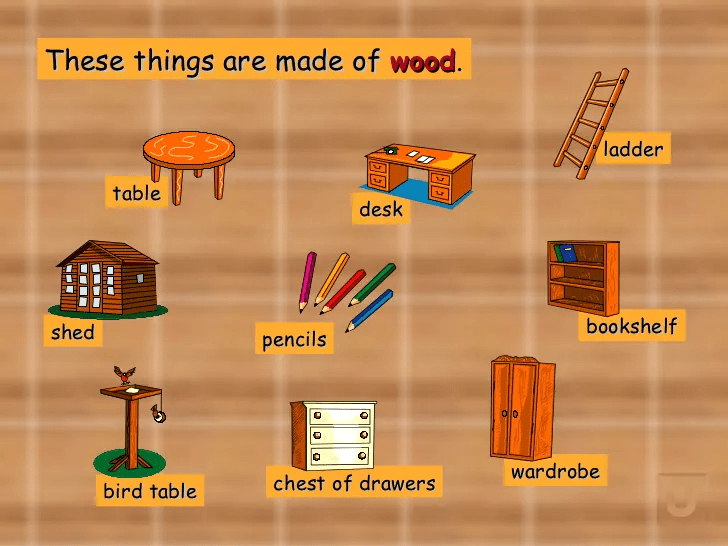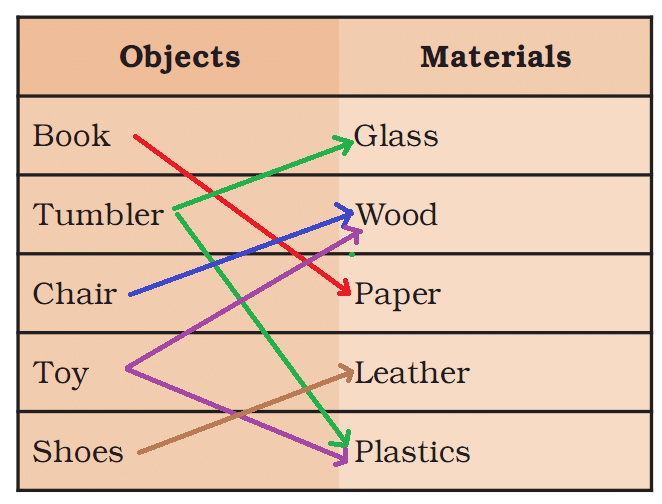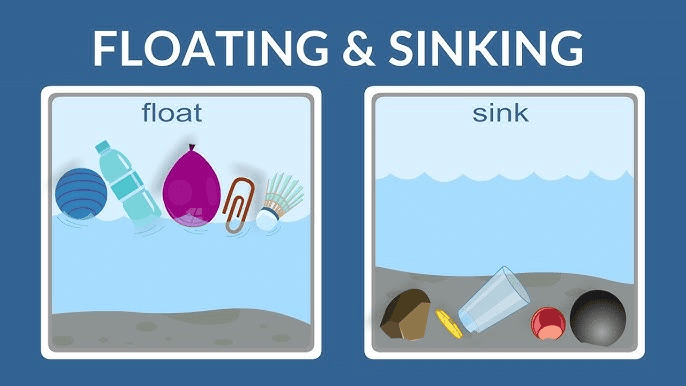NCERT Solutions for Class 6 Science - Sorting Materials into Groups
The things, which we all use in our daily life are made up of different types of materials. All these materials have mass, shape and are classified based on many criteria, including their physical states, properties of materials, etc.
Let‘s have a look at the questions and answers for a better understanding.
Exercises
Q1. Name five objects which can be made from wood.
Ans: Table, Chair, Bed, Doors, Bullock cart, etc.
Q2. Select those objects from the following which shine: Glass bowl, plastic toy, steel spoon, cotton shirt
Ans: Glass bowl and steel spoon.
 Glass bowl
Glass bowl
 Steel Spoon
Steel Spoon
Q3. Match the objects given below with the materials from which they could be made. Remember, an object could be made from more than one material and a given material could be used for making many objects

Ans:

Q4. State whether the statements given below are True or False.
(i) Stone is transparent, while glass is opaque.
Ans: False
 View Answer
View Answer 
Stone is generally opaque, meaning light cannot pass through it. Glass, on the other hand, is transparent and allows light to pass through.
(ii) A notebook has lustre while an eraser does not.
Ans: False
 View Answer
View Answer 
A notebook is made of paper, which has no shine or lustre. Lustre refers to a shiny surface, which most erasers and notebooks do not have.
(iii) Chalk dissolves in water.
Ans: False
 View Answer
View Answer 
Chalk does not dissolve in water; it is insoluble. Instead, it breaks into small particles and settles at the bottom.
(iv) A piece of wood floats on water.
Ans: True
 View Answer
View Answer 
Wood is less dense than water, which allows it to float.
(v) Sugar does not dissolve in water.
Ans: False
 View Answer
View Answer 
Sugar is soluble in water and dissolves readily when mixed.
(vi) Oil mixes with water.
Ans: False
 View Answer
View Answer 
Oil does not mix with water because it is less dense and forms a separate layer on top of the water.
(vii) Sand settles down in water.
Ans: True
 View Answer
View Answer 
Sand is insoluble in water and sinks to the bottom due to its density.
(viii) Vinegar dissolves in water.
Ans: True
 View Answer
View Answer 
Vinegar is soluble in water and mixes completely to form a uniform solution.
Q5. Given below are the names of some objects and materials: Water, basketball, orange, sugar, globe, apple and earthen pitcher Group them as:
(a) Round shaped and other shapes
Ans: Round shaped: Basketball, orange, globe, apple, and earthen pitcher
Other shapes: Water and sugar.
(b) Eatables and non-eatables
Ans: Eatables: Water, orange, sugar, and apple
Noneatables: Basketball, globe, and earthen pitcher.
Q6. List all items known to you that float on water. Check and see if they will float on an oil or kerosene.
Ans: Here is a list of things that can float on water and whether they can also float on oil or kerosene:

- Paper – Floats on water, oil, and kerosene.
- Plastic – Floats on water, oil, and kerosene.
- Thermocol (Styrofoam) – Floats on water, oil, and kerosene.
- Wax – Floats on water and oil, but sinks in kerosene.
- Balloon – When filled with air, it floats on water, oil, and kerosene.
Other things that can float on water:
- Ice, wood, sponge, petrol, acetone, some gases, polystyrene, and ships.
Note: Things that are lighter than water or oil will float. However, some items, like certain types of wood, may float on water but sink in kerosene because they are heavier than kerosene but lighter than water.
Q7. Find the odd one out from the following:
(a) Chair, Bed, Table, Baby, Cupboard
Ans: Baby: Rest others are made up of wood and are non–living things.
(b) Rose, Jasmine, Boat, Marigold, Lotus
Ans: Boat: Rest others are flowers.
(c) Aluminium, Iron, Copper, Silver, Sand
Ans: Sand: Rest others are metals.
(d) Sugar, Salt, Sand, Copper sulfate
Ans: Sand: Rest others are in crystal forms.
|
70 videos|150 docs|104 tests
|
FAQs on NCERT Solutions for Class 6 Science - Sorting Materials into Groups
| 1. सामग्री को समूहों में वर्गीकृत करने का क्या महत्व है ? |  |
| 2. सामग्री को वर्गीकृत करने के लिए कौन-कौन से मानदंडों का उपयोग किया जा सकता है ? |  |
| 3. क्या सभी सामग्री को एक ही समूह में रखा जा सकता है ? |  |
| 4. समूह बनाने के लिए कौन-कौन से उदाहरण दिए जा सकते हैं ? |  |
| 5. क्या वर्गीकरण से अध्ययन करने में सरलता होती है ? |  |

















